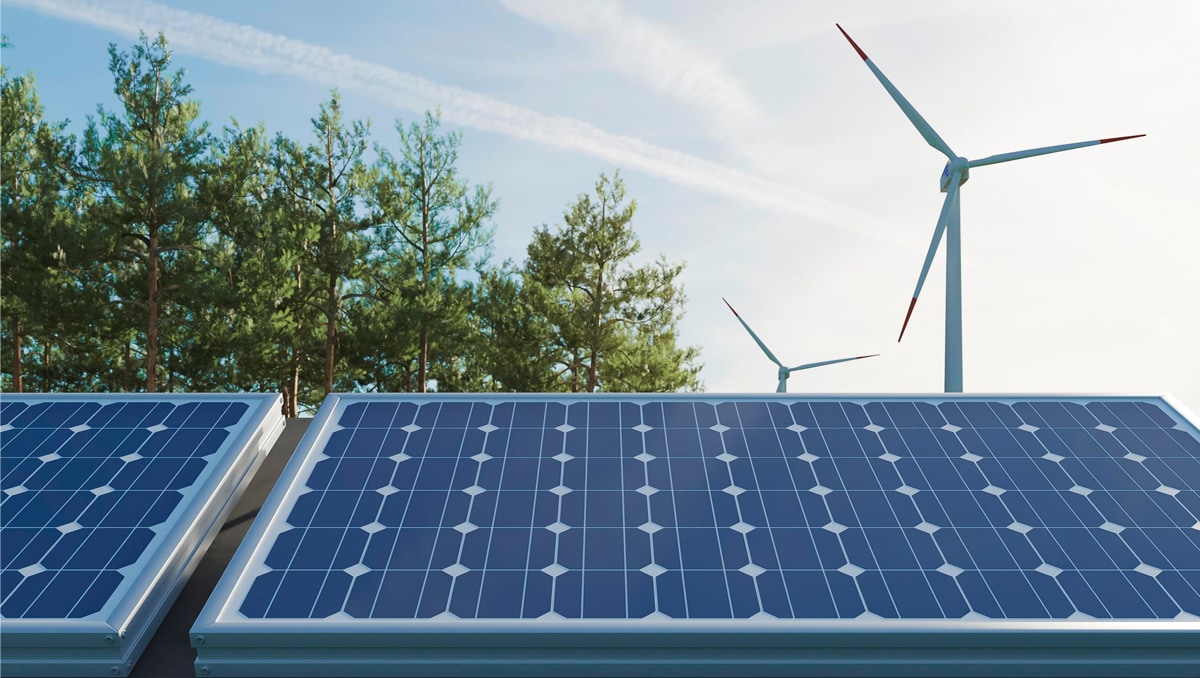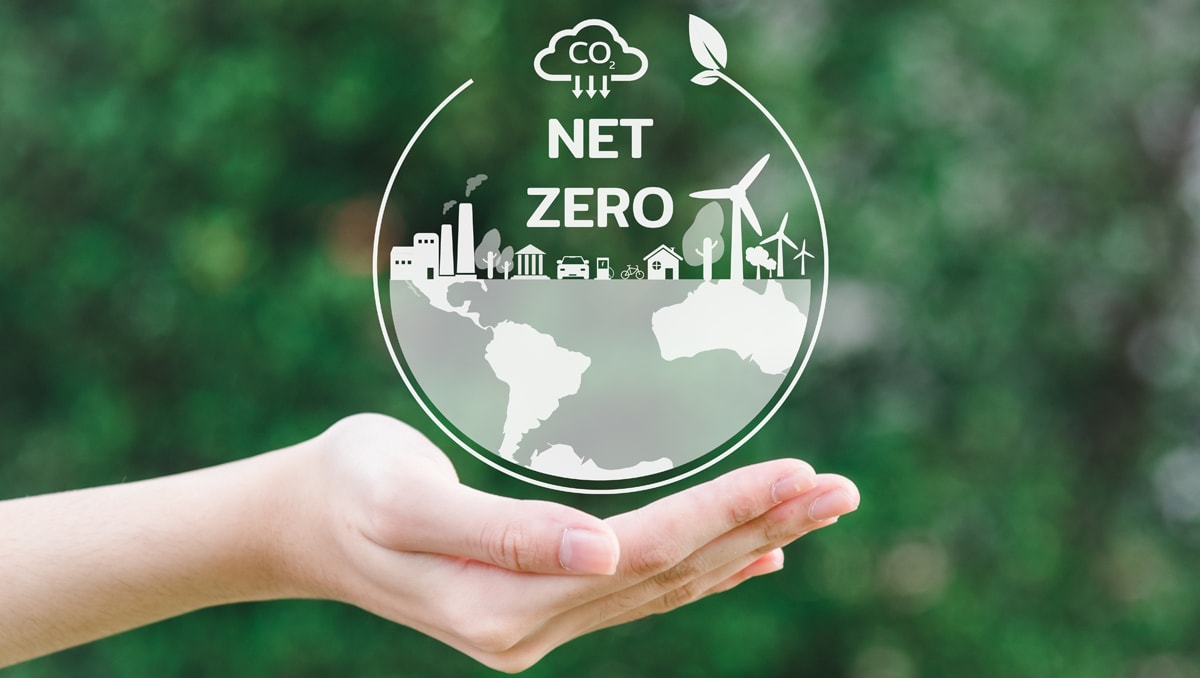Catalysing the Clean Energy Transition
Catalysing the Clean Energy Transition

According to the Intergovernmental Panel on Climate Change’s most recent report, the window of time in which to act to abate the effects of global warming is rapidly closing. Less than 10 years of emissions budget remains to keep temperatures from rising above the 1.5°C threshold that scientists say could make swaths of the world uninhabitable. Decisive action to reduce emissions will be critical to averting disaster for more than 3 billion people—nearly 40% of the global population—who live in the places most vulnerable to the impact of climate change.
Today, the largest contributor to emissions is the burning of fossil fuels to generate energy and power, accounting for over 75% of global greenhouse emissions and nearly 90% of all carbon dioxide emissions. Therefore an all-in effort from governments, businesses and communities is needed to transition to clean energy sources and propel the world on its net-zero journey.
On this front, the Singapore-headquartered investment company Temasek is stepping up its efforts. The company recognises that energy lies at the very heart of the climate challenge and seeks to deploy its capital to deliver positive environmental and social impact alongside financial returns.
Jeff Johnson, managing director for sustainable investing and managing director of investment (North America), is a firm supporter of clean energy transformation. Within Temasek’s sustainable investing team, he advocates approaches that combine capital deployment with stakeholder partnership to catalyse solutions and positive energy outcomes for the future of the planet.
“By investing in sustainable clean energy and supporting its transition, we seek to accelerate innovation and spur the development of decarbonised energy solutions so commercialisation can accelerate,” says Mr. Johnson. “This will allow communities and businesses to transit to cleaner energy without compromising on needs and generate impact at scale.”
Bridging the gap through innovation
According to Mr. Johnson, it is crucial to understand the gap that remains between global energy demand and the power available from renewable sources, as well as accessibility to renewable energy in relation to infrastructure readiness. The reality is that while many understand the benefits of transitioning to renewable energy, businesses and communities—especially those in emerging markets—remain reliant on traditional sources of energy for development.
One way Temasek spurs the development of new solutions is by leading energy innovation through partnerships. For example, it established a Centre of Hydrogen Innovations with the National University of Singapore to advance research in hydrogen production, transportation, storage and end-use applications. Another example is Temasek’s work with the utilities company SP Group—one of its portfolio companies—to implement a district cooling system across Tampines Central, a major public housing estate in Singapore. The initiative produced a 17% savings in electricity consumption and an 18% reduction in emissions, alongside financial benefits.
“A portfolio of options builds resilience against energy supply disruptions,” says Mr. Johnson. “Investing in a diverse range of innovations and solutions will allow different geographies, especially those without easy access to solar and wind resources, to potentially access various forms of decarbonised energy.”
Aside from geographical considerations, says Mr. Johnson, Temasek acknowledges the risks around some regions and communities’ hesitancy to transition. A multipronged approach is therefore needed to encourage communities to embrace cleaner forms of energy as well as accelerate decarbonised businesses to deliver solutions at scale. For example, coal-reliant communities can be provided with an alternative source—at the same or lower price, with a positive impact on the environment—while being educated on benefits. Temasek has also established Pentagreen Capital, a debt-financing platform, together with HSBC to remove upfront capital barriers that prevent promising marginally bankable projects from accessing the capital needed to address market inefficiencies.
“We need to work alongside businesses and communities to pivot from traditional energy,” says Mr. Johnson. “That includes understanding that some may require both renewable and traditional sources in the near term as we work toward making clean energy fully viable.”
At Temasek, our hope is to see the world and businesses band together in our transition to cleaner energy sources while building social and community resilience from new opportunities.
Jeff Johnson, managing director, sustainable investing and managing director, investment (North America), Temasek

Advancing decarbonisation in legacy industries
As an asset owner, Temasek recognises that resilient growth in its portfolio companies underpins its own success. While Temasek as an institution has achieved carbon neutrality, it is taking active steps to encourage decarbonisation with its current portfolio.
That increasingly means enabling energy transition in legacy industries, where some of its companies operate. Mr. Johnson says Temasek’s investment horizon, which can span decades, puts it in a unique position to encourage and support its portfolio companies to adopt carbon-abatement strategies.
“We don’t prescribe that portfolio companies follow a fixed path to reduce emissions,” says Mr. Johnson. “However, we do proactively work with them and support business model transformation, R&D capability development and emission-reduction actions.”
For example, Temasek partnered with Singapore Airlines—another of its portfolio companies —and the Civil Aviation Authority of Singapore on a sustainable aviation fuel (SAF) pilot program. Managed through Temasek’s carbon solutions platform GenZero, the program aims to accelerate decarbonisation efforts in the hard-to-abate aviation sector.
While Temasek supports the sustainability journeys of its companies, it also acknowledges that climate risk can affect a company’s ability to generate sustainable returns over the long term. To account for potential exposure to transition risk for its investments, the company applies an internal carbon price of $50/tCO2e in its investment evaluations to account for the true cost of capital. This will be increased gradually to $100/tCO2e by 2030.
Overall, Mr. Johnson says, it is crucial to direct investments toward sustainable solutions in a comprehensive yet cohesive way, to encourage clean energy adoption and transformation.
A long-term collective vision
Amid these opportunities, Mr. Johnson says it will take a collective will, transformative partnerships and patient capital to realize the potential of decarbonisation solutions.
“At Temasek, our hope is to see the world and businesses band together in our transition to cleaner energy sources while building social and community resilience from new opportunities,” says Mr. Johnson. “There’s a lot more to be done. Yet, as the industry gains momentum with disruptive technologies alongside radical collaborative efforts, we can all contribute to a more sustainable future.”
This content was produced in partnership with the Wall Street Journal and was republished with permission.


